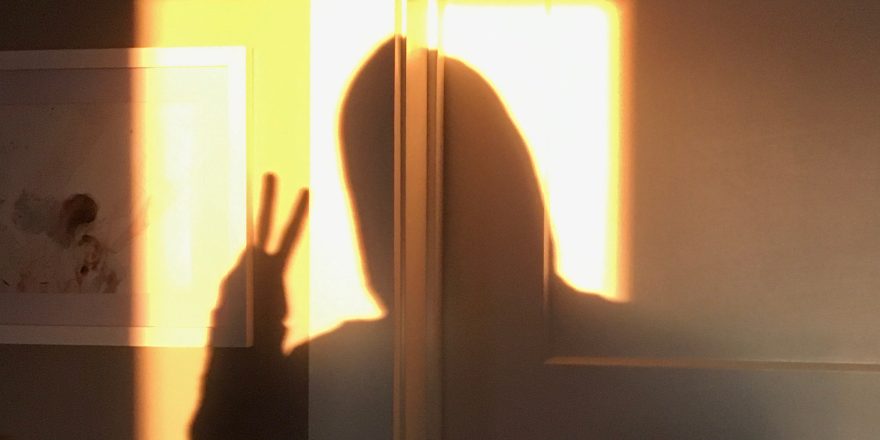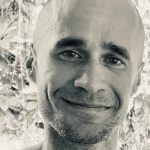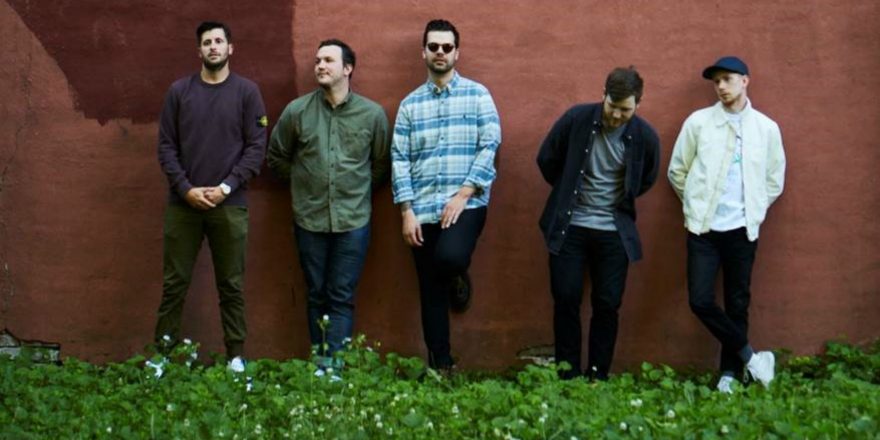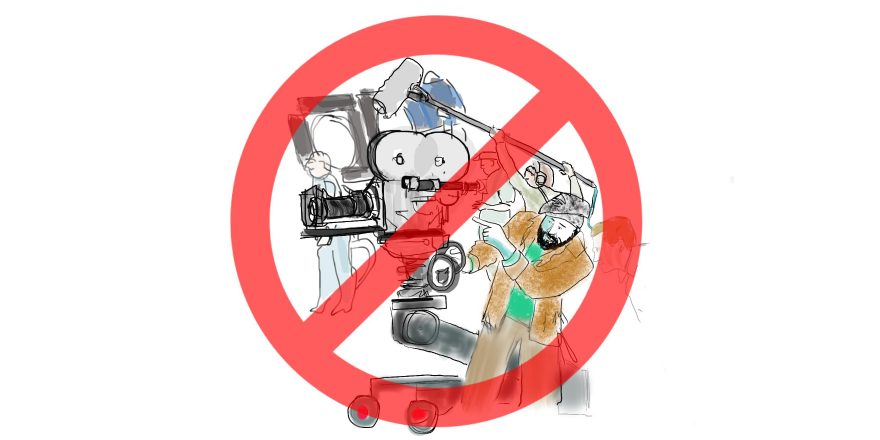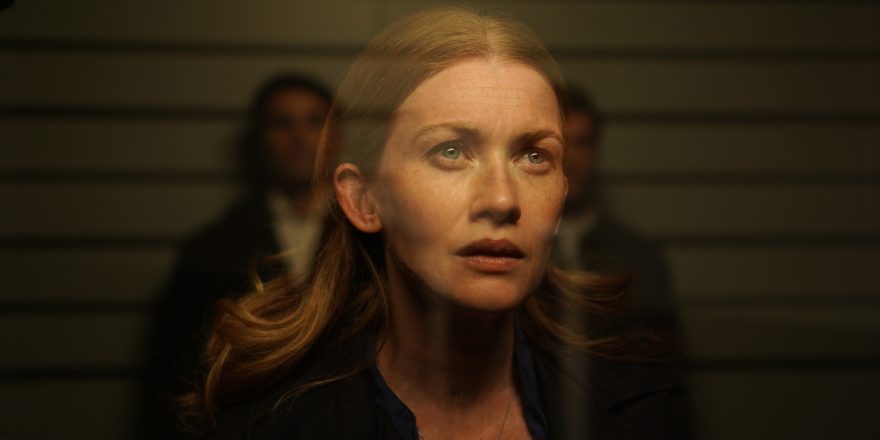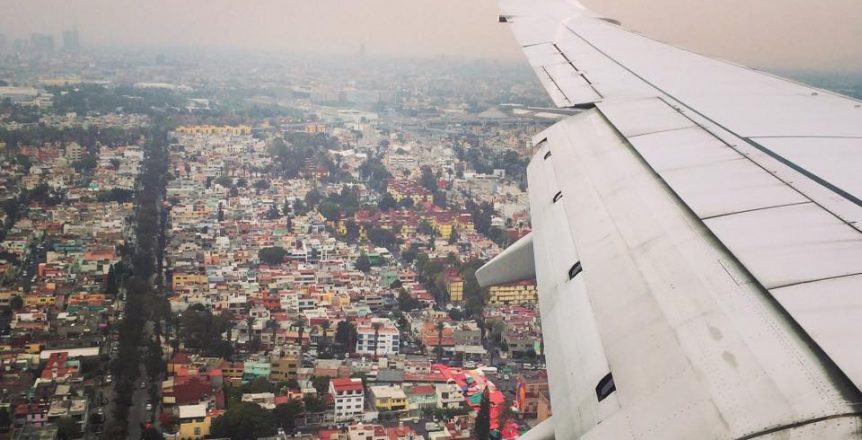I used to live in Portland, Oregon, where I freelanced mostly as a commercial editor for big fancy footwear and outdoor brands. Financially, finally, I was thriving. But more and more, mentally, emotionally, physically and spiritually, I was in a rough place. A big part of this was simply my mindset; I recognized that I had achieved a level of success in my career that had become my goal five or so years prior, after finishing my 2015 feature A Morning Light. Until things really clicked into place with creative agencies around town, I spent years struggling to understand where and how to find work as a filmmaker. Growing up, I had no mentorship or model to follow. I didn’t know what kind of opportunities existed and it took a long time to learn how to advocate for myself, and to understand the value of my skill set.
—-//—-
There’s this thing happens now when my body starts to overheat (particularly in my feet), and my brain starts to hurt. I might begin to feel nauseous and my tongue has a tendency to hang out of my mouth when I get tired. Sometimes, it shifts and torques around in a more active and controlled way. In the beginning this would happen after about 10-15 minutes, trying to do a word seek puzzle, for example — after which I’d have to go lie down in the dark for 2-3 hours to let my brain rest. There’s a significant connection between the brain and the tongue that the medical community is still trying to understand. You see it in athletes all the time. Michael Jordan is the most iconic example of this. Something to do with focus. This was really embarrassing for a long time for me, and I’ve even had people laugh out loud when I described this, including a member of my care team. I was shocked by their lack of empathy in that moment but I let it go. I’ve learned to be gentle on myself, and to recognize that although there is increasing awareness surrounding brain trauma, there is still a widespread lack in understanding of the severity (and subtlety) of symptoms. These are often referred to as invisible injuries.
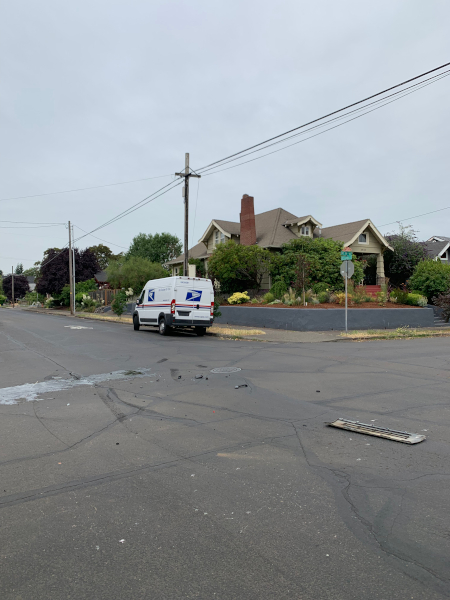
You see, on July 9, 2019, my life was flipped upside down after sustaining a head injury in an automobile accident. Some guy blew through a stop sign and T-boned me on my driver’s side door. It was a Tuesday morning around 11 a.m. I didn’t have any work booked that day so a friend and I had met up for brunch and had just finished up. I was going to drop her off at the airport shortly after that.
—-//—-
Objectively, there are about six million auto accidents and roughly 1.5 million traumatic brain injuries (TBIs) every year in the U.S. alone. So, in this sense, I was simply unlucky on both counts. Between Eugene and Portland, I had lived in western Oregon, aka the rainy side of the state, for nearly a decade. The rain was brutal; it wore me down a little more each year. People have this perception that the entirety of Oregon is drizzly, moody and overcast, but in reality only about a third of the state is like that. During my last few years there, I really started to miss my family. My parents, brother, niece and nephew all live out in eastern Oregon, four hours from the city. I’m fortunate to be very close with them, so I was constantly receiving photos, videos and updates full of sunshine and good times. On some level, I almost started to envy or resent them, which is so fucked up. I was just lonely and longed to be closer to them but there simply weren’t the same kinds of work opportunities out there. I was increasingly unhappy and starting to feel boxed in as an editor, when in reality I wanted to be out in the world working as a cinematographer. I was fixated on the rain and how it was impacting my mental health. I missed my family, sunshine and the immediacy of the outdoors. I was exhausted from staring at screens for 50 to 60 hours per week; I love editing but advertising can be a relentless environment, and often when clients’ anxiety and sense of urgency start to spike. You have to learn how to create a barrier, to create space for yourself. Take short walks. Leave the studio to eat lunch. Go to a park and let your feet touch the earth. There can be so many cooks in the kitchen sometimes, but it’s good and teaches you how to work well with others.
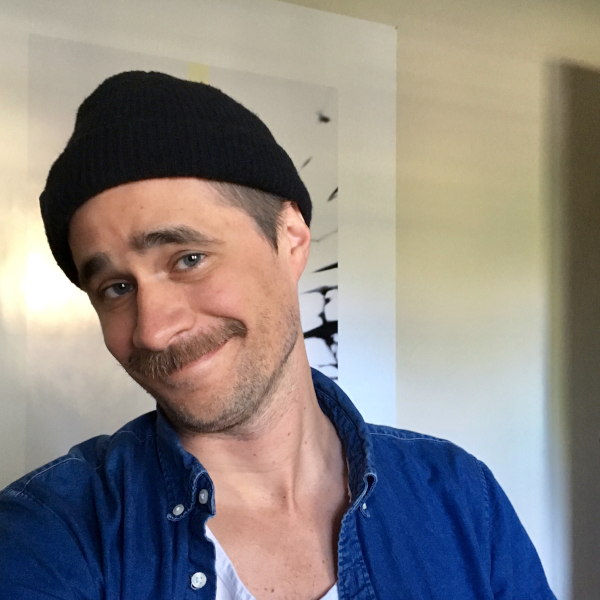
The rain, the lack of sunshine, missing my family, feeling boxed in as an editor and having a sense of creative stagnation all drained me; I had no energy left at the end of the week for my own creative endeavors. All of these things were contributing to a decline in my mental health and personal wellbeing. Yet I was doing nothing to change my circumstances. I didn’t realize it then, but I was choosing to remain in Portland. I remember complaining to my brother once on the phone about all this, and his response was so simple: “Then why don’t you move?” It kind of stopped me in my tracks, because there again I felt almost crippled by indecision. I vaguely recall making excuses for why I needed to stay, pointing to the work that was paying me well, even though it was becoming spiritually draining. This wasn’t to say I was ungrateful for the opportunities I was receiving, just that it’s easy to start fantasizing about greener pastures – or to focus on things you don’t have rather than the things you do have. I worked with so many awesome, laidback people. I was making great money and set my own hours. I had freedom and flexibility, and was expanding my skill set as a filmmaker. Honestly, it was just a pattern of negative thought. It’s hard to recognize sometimes, but everything we do in life is a choice and I was choosing to remain “stuck.”
It’s surreal to recognize that, all of a sudden on that fateful Tuesday morning, the universe gave me everything I had been seeking. I would no longer be staring at screens all day or feeling boxed in as an editor; I was once again close to my family and living on the sunny side of the state, as I needed people around to help me. I had nature on my doorstep, and was presented with the opportunity to reconnect to myself on a spiritual level. There I was, back in eastern Oregon with literally everything I had been longing for.
All it took was a brain injury.
—-//—-
Last summer I met up with an old friend, and in talking with his wife I learned that she’d also had a head injury. She summarized the aftermath succinctly, saying she’d felt feelings she’d never felt before. That resonated to my core. Try to imagine that: feeling feelings you’ve never felt before. Until you have had this kind of experience, it’s impossible to convey the kind of emotional and cognitive disconnect one can experience following head trauma. I had no idea of the kind of existential terror that was possible.
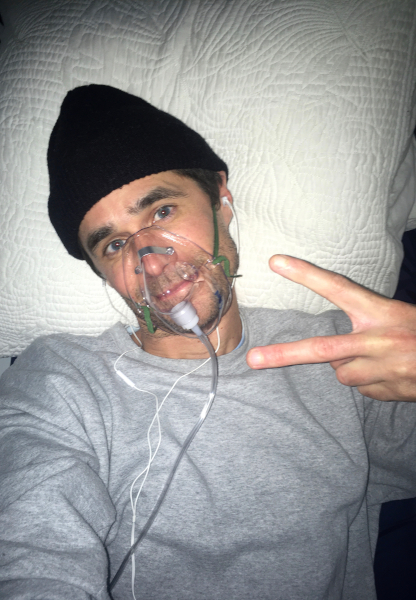
Our brains govern everything for us. It’s easy to take for granted something as seemingly innocuous as the way they filter out ambient sounds, for example, so we can focus on the conversation we’re having with our friends. Imagine being at a cafe: people are making orders, there’s the constant sound of the cash register, espresso machines doing their thing, silverware clanking, numerous overlapping conversations and the sound of traffic as the door intermittently swings open. In my case, I had to process all this, while also dealing with a hypersensitivity to sound and light, as well as social claustrophobia and emotional confusion. In most circumstances, enduring this degree of stimulation for more than a few minutes was an impossibility. For the first year of my recovery, it was also really difficult to make eye contact with others. It was like they were peering into my soul. Or how about the act of passively watching a movie? There’s nothing passive about it from a neurological standpoint. Although it has improved significantly, if I spend too much time on a screen, I might still experience sharp pain in my head and eyes, or nausea that can lay me out for hours, sometimes carrying over into the next day. It was a year and some change later before I was finally capable of watching my first feature from start to finish, and even so had to wear earplugs and cover my eyes when the editing was too rapid. It was a wonderful experience, though, and one I am grateful for, because for a while it was hard for me to follow a narrative.
—-//—-
Last fall, I spent a couple months in Guatemala and knew then that I would return. I fell in love with the landscape and the warmth of Latin American culture, and it’s been a goal of mine for a long time to become fluent in Spanish. I have a long way to go. But I am back in Guatemala now. So here I sit, in an Airbnb in San José Pinula, wondering what’s next. I move between writing this piece and perusing jobs back in the U.S., all the while mapping out this trip and considering the possibility of living long term in Latin America, perhaps Guatemala or Nicaragua. Maybe Panama. Not too sure. The last three years have been my most challenging, and I’m still working to rebuild my life. Adversity is a powerful motivator, though.
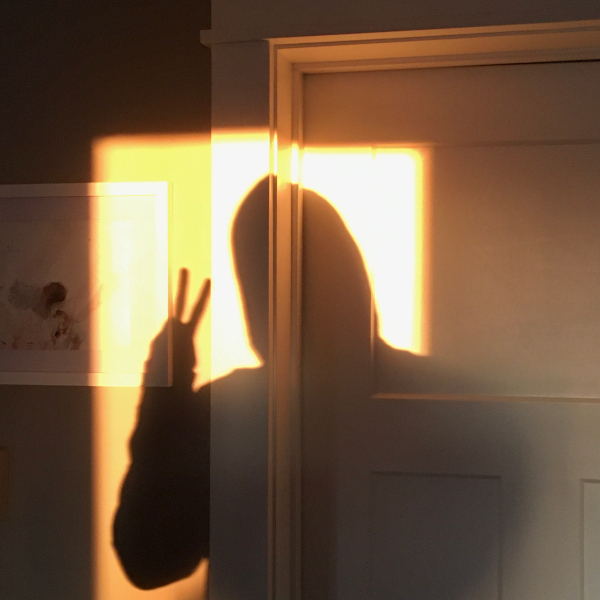
It’s strange to think that this circumstance put me on a path to becoming the happiest and healthiest I have been in years. Obviously, there are challenges and some of my symptoms persist, but everything continues to improve. It’s been challenging when writing about this injury to avoid having it become a black hole, reflecting on the way it has impacted all my endeavors. I sometimes feel myself slipping away from that sense of peak happiness and wellbeing that I achieved within the first 12 to 18 months of my recovery. However, now, when life presents challenges or if I start to feel “stuck,” I am better equipped to avoid the next slippery slope. It’s all a matter of perspective and gratitude is the foundation.
Part of the recovery is working through the PTSD, and not allowing the memory of the most severe period of trauma and limitation dictate the way in which I see myself in the present. I think back to the period of uncontrollable emotional swings – from rage and screaming to crying for hours. Or the difficulties I had in processing complex emotional situations, or the oncoming energy of others. If someone was sad, I absorbed this completely. My lingering symptoms are made worse by overexertion – whether mental, physical, social or emotional. The chronic head pain and nausea are the worst offenders. Vibration can still be a tough one as well, so I have to monitor my energy levels closely and be selective about the environments or situations I immerse myself in.
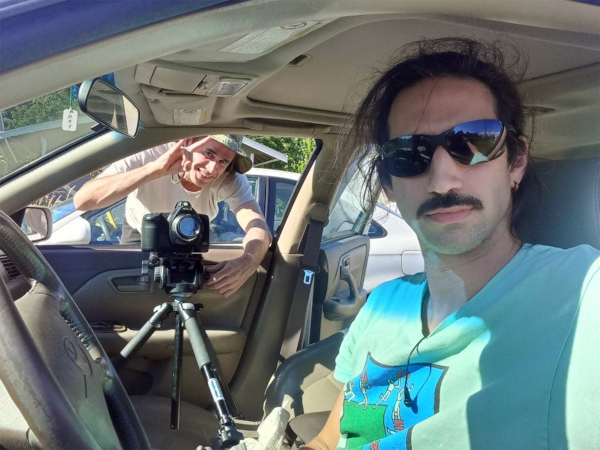
With all of this in my mind, it’s easy to unintentionally snub opportunities out of fear; however, back in July I shot a new short film for my one of my best friends, Zach Weintraub, called Rad Dad. It was so fun and empowering. Coincidentally, somewhere in the middle of the first shooting day, I realized it had been exactly three years since my accident. Even though Zach’s vibe is so laidback, I still made many assertions beforehand to create a kind of buffer for myself, saying things like, “Dog, I might need to lie down for a couple hours midday if my head starts hurting. I just don’t know.” In reality, I powered through a few waves of head pain and nausea, but otherwise the joy of working as a cinematographer and collaborating with one of my best buds overrode everything else. Presumably, my brain was being flooded with dopamine.
In hindsight, I can look back and recognize that there has been slow but steady improvement, more or less across the board. More and more, I begin to feel like myself. My physical therapist had a nasty concussion himself in the past, and he said it took him eight years before he fully felt like himself – and even then, a few quirks remained. For me, healing has never been the kind of thing that’s measurable day to day, but I can look back and recognize that something that used to be intolerable is no longer debilitating in the same way.
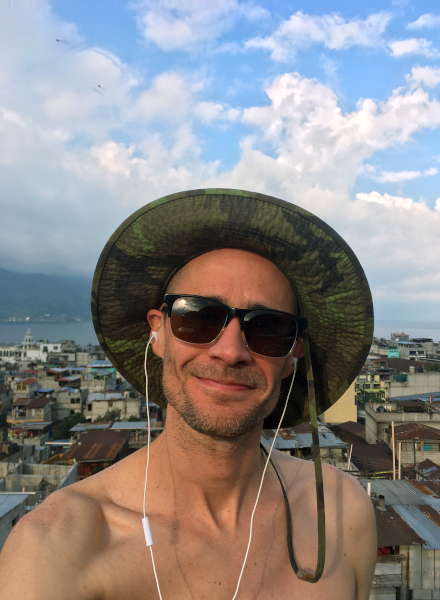
The more I’m able to get back out into the world, the more I start to undo the trauma that has become embedded on a cellular level. I continue to reassemble what had become a broken image of myself. The way to push past fear is to take on bigger and bigger challenges in a measured, incremental way. In that sense, the project with Zach was a huge step forward and a perfect way to dip my toes back into production. I love making images and would like to do more of this for other directors. Fiction or nonfiction. I’m a big fan of nimble, run-and-gun productions. I’ve never communicated my desire to collaborate with others (as a cinematographer) in such a public way. Finding the wherewithal and ability to advocate for myself has taken years, but here I am.
All it took was a brain injury.


